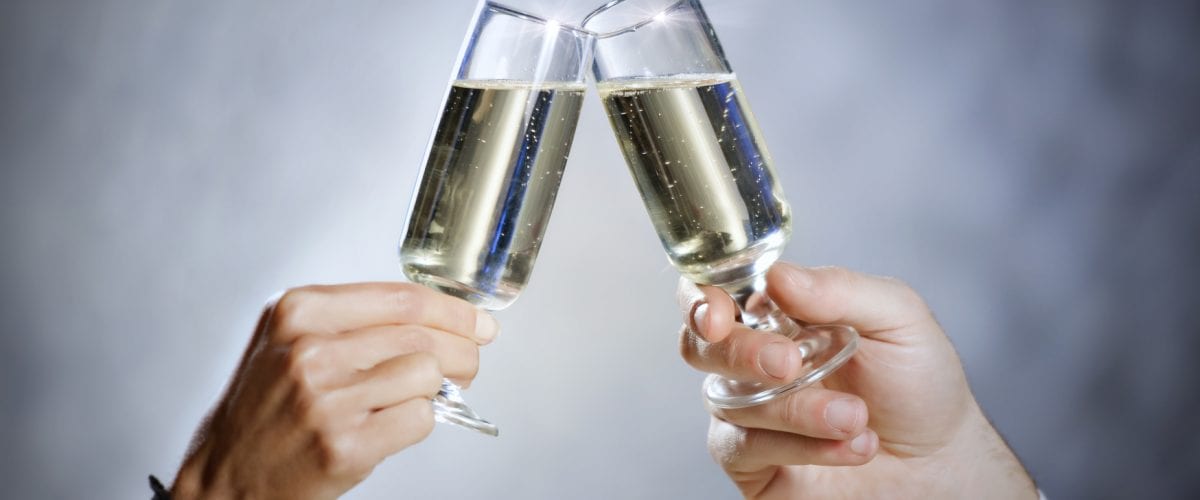Champagne has long since been regarded as the most exclusive of all sparkling wines yet, as all wine connoisseurs know, this term is first and foremost a designation of origin for products that hail from the Champagne region to the east of Paris. In contrast, the generic term ‘sparkling wine’ is often misused – even by seasoned aficionados – to refer to anything else that fizzes in a glass!

European wine law stipulates clearly defined differences between the sparkling wines on offer to us. First of all, there is a fundamental difference between sparkling wines and semi-sparkling wines in terms of carbon dioxide pressure: according to EU regulation, semi-sparkling wines are products that have a carbon dioxide pressure of at least 1 bar but of no more than 2.5 bar, i.e. they have a little less ‘sparkle’. Many of the simpler Prosecco wines fall into the category of semi-sparkling wine, and are therefore designated ‘frizzante’.
A true sparkling wine must have a carbon dioxide pressure of at least 3 bar. However, this does not necessarily make it a ‘quality sparkling wine’. Quality sparkling wines have to meet even more stringent production-related specifications, for example, they must have been stored for a required minimum period and they must have an alcohol content of at least 10%.
Furthermore, the carbon dioxide content in quality sparkling wines has to have been created through secondary fermentation, rather than just added to the tank, as in the case of simpler sparkling wines. Prosecco can therefore only be referred to as a ‘quality sparkling wine’ if it fulfills all these criteria and, if it does, it will carry the designation ‘spumante’ on its label, as opposed to ‘frizzante’.
Do you have any questions about this post? Then please write to us! Use the comment function below this post or start/join in discussions in our social media channels!


